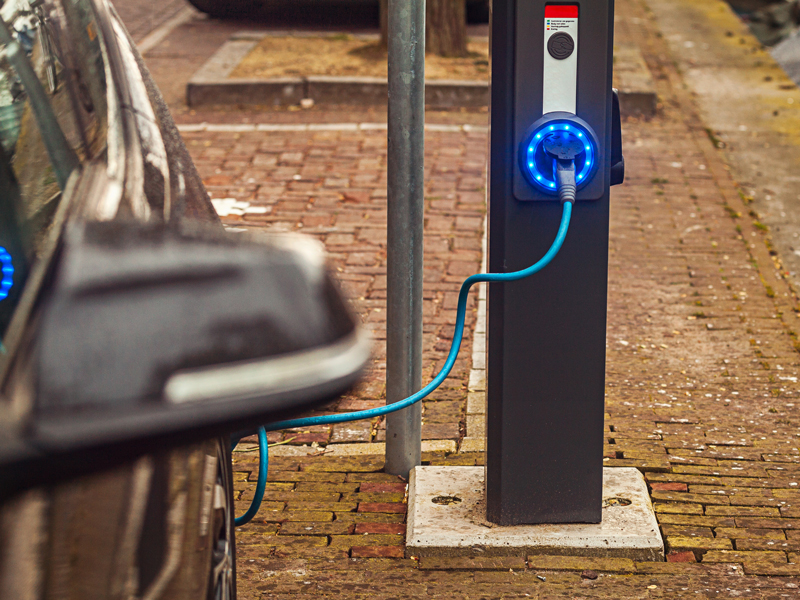The streets of our big cities looked very different in 1900 to how they would look only 20 years later. At the turn of the 20th century, one of the biggest issues facing city dwellers was horse manure – literally tonnes of the stuff.
According to this Bytes Daily blog post about the Great Horse Manure Crisis of 1894:
“In New York in 1900, the population of 100,000 horses produced nearly 1,200 metric tonnes of horse manure per day, which all had to be swept up and disposed of. In addition, each horse produces nearly a litre of urine per day, which also ended up on the streets.”
In another colourful description of this crap crisis, one writer at the time estimated that by 1950 every London street would be buried nine foot deep in manure.
What stopped the major cities of the world from drowning in the odorous byproducts of the horse and buggy age? The mass production of automobiles.
Now a century later, we are seeing the transportation landscape again undergo a seismic transformation, and as with the arrival of the automobile, it’s hard to predict how vastly our cities and societies will change in the next 10 to 20 years.
Benedict Evans, an analyst with VC firm Andreessen Horowitz, writes that working out the flow-on effects of this transition from industrial- to digital-age thinking in transportation will be difficult:
“Moving to electric means much more than replacing the gas tank with a battery, and moving to autonomy means much more than ending accidents. Quite what those consequences would be is much harder to predict: as the saying goes, it was easy to predict mass car ownership but hard to predict Wal-mart, and the broader consequences of the move to electric and autonomy will come in some very widely-spread industries, in complex interlocked ways.”
In symbolic terms, we’re already seeing the baton passing from the industrial age of the automobile that was ushered in by the iconic Ford Model T to the digital age of transportation, perhaps most vividly represented by Elon Musk’s Tesla.
In the past few days, Tesla’s market cap hit US$48.2 billion, surpassing Ford’s market cap by US$3.1 billion. That capitalisation is of course not a comment on the actual current size and profitability of the car makers; rather, it’s the market’s commentary on where they see things going.
It would be easy to surmise then, that Tesla is the future and Ford is the past. But things are never that clear cut.
Tesla is the glamour brand of the moment. However, as Evans points out in his blog post, the future of cars and transportation is being shaped by 2 big factors:
- electric technology, primarily in the form of battery power;
- and autonomous vehicles, or driverless cars as they are commonly known.
And there are many players in these 2 fields right now, all jockeying for position and forming partnerships and alliances.
Google (under its brand Waymo) is of course in the thick of testing its driverless car technology. Chipmaker Intel recently acquired hi-tech Israeli car component maker Mobileye for US$15.3 billion. There’s even talk of prestige vacuum cleaner maker Dyson looking at the potential to transfer its IP to the realm of automobiles. And Ford has gone into partnership with smartphone maker BlackBerry to further develop its smart car offerings.
Add to this mix urban transportation platforms like Uber that draw on the idea of the sharing economy, and you have a significant part of our society and economy being remade right before our eyes.
And that’s no horse shit.







